 A resilient landscape at the forefront of addressing climate change and nature recovery.
A resilient landscape at the forefront of addressing climate change and nature recovery.
Objective 1
The National Park should play a significant part in achieving the regional ambition of being a carbon negative economy by 2040.
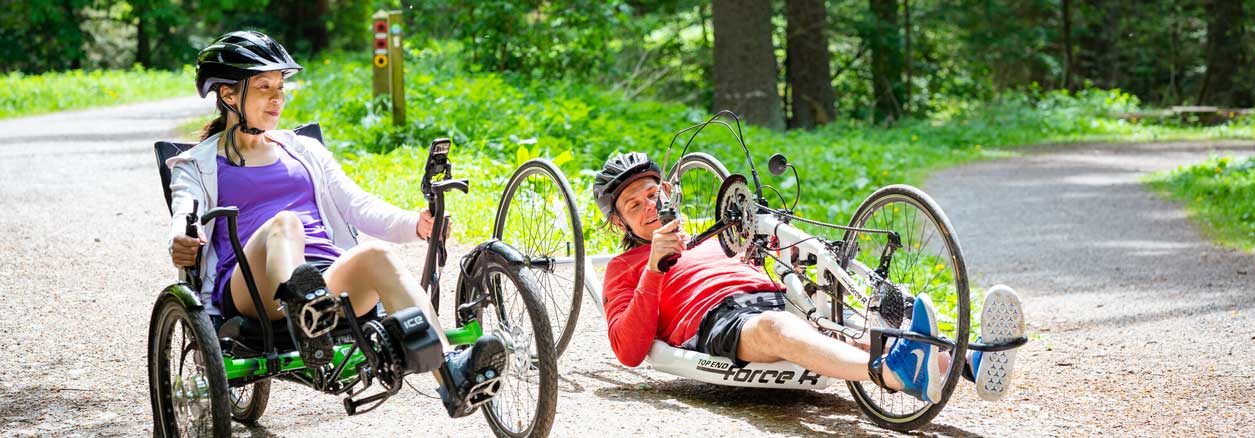
Objective 2
Capture and store carbon by creating at least 2,500 hectares of additional wooded habitat by 2032.
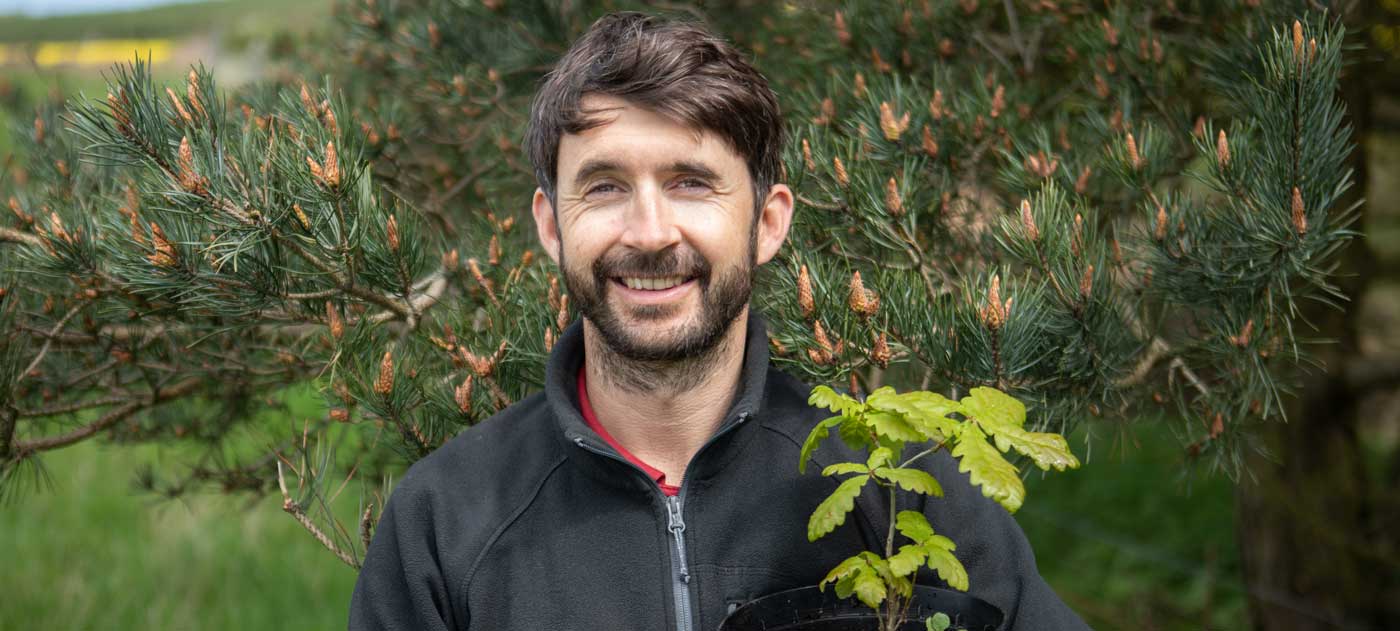
Objective 3
Capture and store carbon by ensuring all degraded blanket bogs and peat habitats in the National Park are under active restoration by 2032.
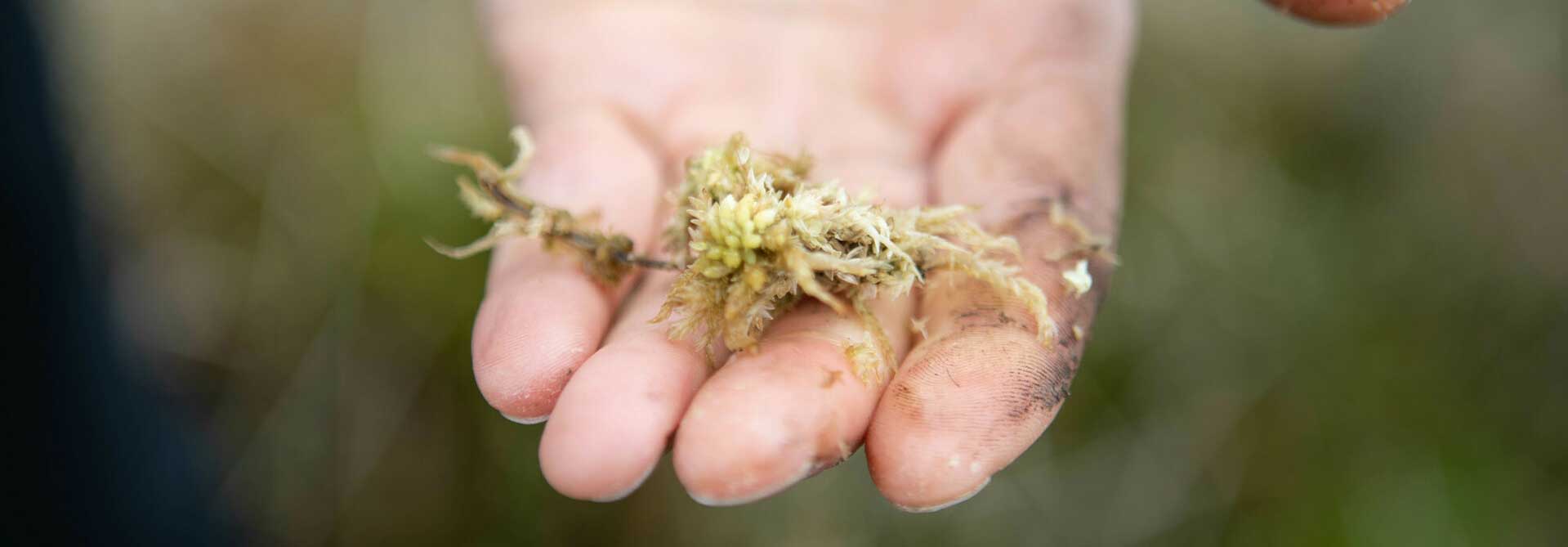
Objective 4
Protect, restore and improve soils across the National Park.
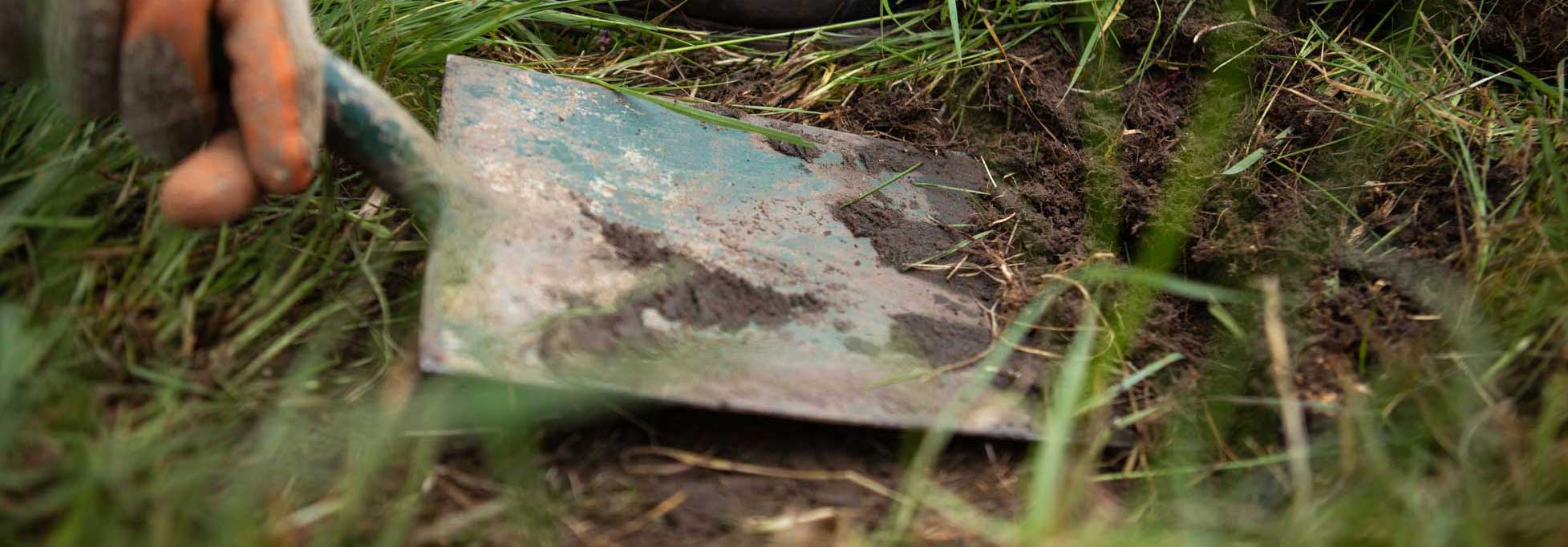
Objective 5
Achieve good ecological status for all water bodies by 2027 and support the improvement of the marine and coastal habitat.
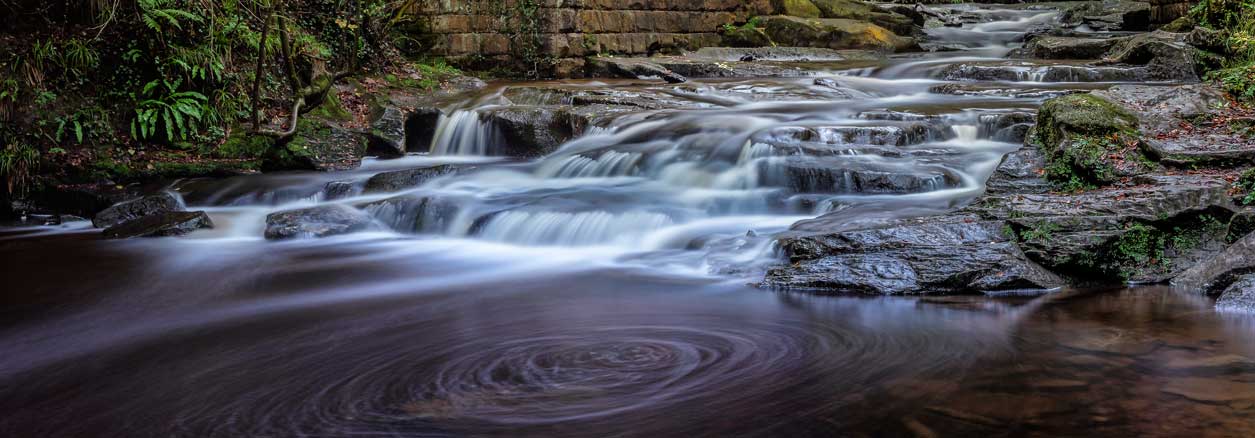
Why do we want to work towards this outcome?
Adapting to and mitigating accelerating climate change is clearly a priority, if not the priority for this Plan. The challenges around climate and nature cannot be solved in isolation. Restoring and protecting nature boosts biodiversity and the ecosystems that can absorb carbon. Warmer, wetter winters, hotter, drier summers, more extreme weather events, increased risk of wildfire, pest and disease impacts, drought and floods, declining soil health and loss of critical habitats and species are all a consequence of a warming planet.
Climate change is an increasing source of concern for most people – the Government’s public attitude tracker showed that in March 2019, 80 percent of people surveyed were fairly concerned or very concerned about climate change, while 2020 was the year that children in the UK went on a school strike to highlight the urgency of the issue and lack of action from generations before them.
“This defining year [2020] for the UK’s climate credentials has been marred by uncertainty and delay to a host of new climate strategies. Those that have emerged have too often missed the mark. With every month of inaction, it is harder for the UK to get on track.”
The Climate Change Committee, 2021 Progress Report to Parliament
At the 2021 COP26 summit in Glasgow, represented nations also agreed to accelerate plans to reduce CO2 emissions by 2030. To help drive action, the UK’s independent Climate Change Committee recommends a seismic shift in rates of tree-planting and peatland restoration. Regionally, the York and North Yorkshire Local Economic Partnership has set out an ambition for the area to be the UK’s first carbon-negative region by 2040. The English National Park Authorities have also committed to work collectively towards becoming ‘net zero’4 by 2030.
Addressing climate change concerns is not only about reducing greenhouse emissions, it is also about adapting natural landscapes and land uses to the changing weather and climate. A key point from the Climate Change Committee5 is particularly pertinent to the North York Moors National Park: that biodiversity is one of the eight top priorities requiring urgent measures to address climate impacts.
